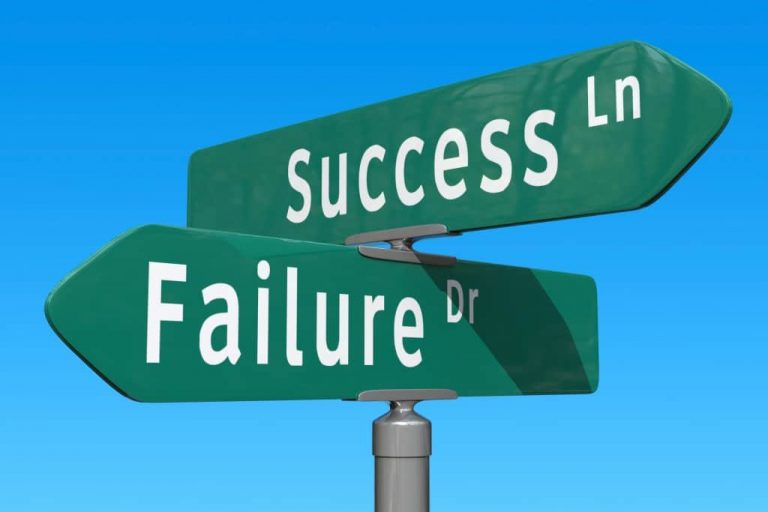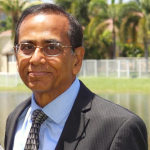
Each person has a unique genetic endowment. People may start with different temperaments and different aptitudes, but it is clear that experience, training, and personal effort take them the rest of the way.
Nazarul Islam
In the early years of my teaching career, something happened that changed my perceptions. I had always been obsessed with one single question: how do students learn and cope with their failures? I had a keen desire to learn more about this by watching my students struggle when faced with their toughest of math problems. So, one day I gathered all children of my class one at a time to a room at my school, made them feel comfortable, and then gave them a series of puzzles to solve. The first ones were fairly easy, but the next ones moved on to difficult problems.
As the students struggled, perspired, and toiled, I watched their strategies and probed what they were thinking and feeling. I had believed that there existed certain differences among children, in how they had geared up to ready themselves and cope up with this specific challenges of ‘grappling’ with toughest math problems. To my amazement, I discovered something that I had never expected.
Confronted with the hard puzzles, one ten-year-old boy pulled up his chair, and rubbed his hands together. Perhaps, in his frustration, he opened his mouth and licked his lips. Then he cried out, ‘I love a challenge’. Another pupil who was sweating not far away at these puzzles, looked up with a joyous expression and said with authority, ‘You know, I was hoping this test would be something, to learn from!’
Was there something wrong with the students? I wondered. I always thought young and old students when confronted with such situations, had two outcomes. In the particular testing I had conducted, many students had coped up with failure, while some did not. I never imagined that anyone could even LOVE failure. Were these alien children or were they on to something in the realm of the unknown?
Each one of us has a role model. There is someone in the eyes of others, who would point the way forward —out of challenges, at given critical moments in their lives. My class room children were also my role models. They obviously knew something which I did not, and I was motivated to discover it.
Teaching at institutions of early learning has familiarized me with the concept of IQ test. In underdeveloped countries, Teachers who working at regular early learning institutions do not have exposures to such testing practices. However, my background knowledge and frequent visits to the US, UK and Australia provided me opportunities to understand the theory, need and adopted techniques about Intelligence Quotient Testing. This laid the groundwork for teachers to develop teaching strategies inside classrooms.
However, I thought differently. Wasn’t the IQ test meant to summarize children’s estimated and non-variable intelligence? In fact, no. Binet, a Frenchman working in Paris in the early part of last century, had designed this test to identify children who were not profiting from the Paris public schools, so that new educational programs could be designed to get them back on track.
Without denying individual differences in children’s intellects, he had believed that education and practice could bring about fundamental changes in intelligence.
Again, a few modern philosophers have asserted that an individual’s intelligence is a fixed quantity, a quantity which cannot be increased. This is not acceptable.
As teachers or educators, we need to register protest and react against this brutal pessimism. With practice, training, and above all, method, we manage to increase our attention, our memory, our judgment and literally to become more intelligent than we were before.
I believe this to be a disputed thinking. Today most experts agree that it’s not either-or. It’s not nature or nurture, genes or environment. From conception on, there’s a constant give-and-take between the two. In fact, Gilbert Gottlieb, an eminent neuroscientist, has pointed out that not only do genes and environment cooperate as we develop, but genes require input from the environment to work properly.
At the same time, scientists are learning that people have remote capacity for lifelong learning and brain development than they ever thought.
Of course, each person has a unique genetic endowment. People may start with different temperaments and different aptitudes, but it is clear that experience, training, and personal effort take them the rest of the way.
A major factor in whether people achieve expertise is not some fixed prior ability, but purposeful engagement. It is NOT always that people who start out the smartest, end up the smartest.
What did early educators know? Obviously, they understood that human qualities, such as intellectual skills, could be cultivated. And that’s what they were doing—getting smarter. Not they were NOT being discouraged by failure, and they did NOT even think they were failing. They thought they were learning.
I, on the other hand, have believed that human qualities were carved in stone.
Someone could be smart or not, and failure had meant the person was not so. It was that simple. And if a person could arrange successes and avoid failures (at all costs), he or she could stay smart. Struggles, mistakes, perseverance were just not part of this picture.
Whether human qualities are things that can be cultivated or things that are carved in stone, is an old issue. What these beliefs mean for us is a new one: What are the consequences of thinking that a child’s intelligence or personality is something he or she can develop, as opposed to something that is a fixed, deep-seated trait?
__________________
 The Bengal-born writer Nazarul Islam is a senior educationist based in USA. He writes for Sindh Courier and the newspapers of Bangladesh, India and America. He is author of a recently published book ‘Chasing Hope’ – a compilation of his articles.
The Bengal-born writer Nazarul Islam is a senior educationist based in USA. He writes for Sindh Courier and the newspapers of Bangladesh, India and America. He is author of a recently published book ‘Chasing Hope’ – a compilation of his articles.